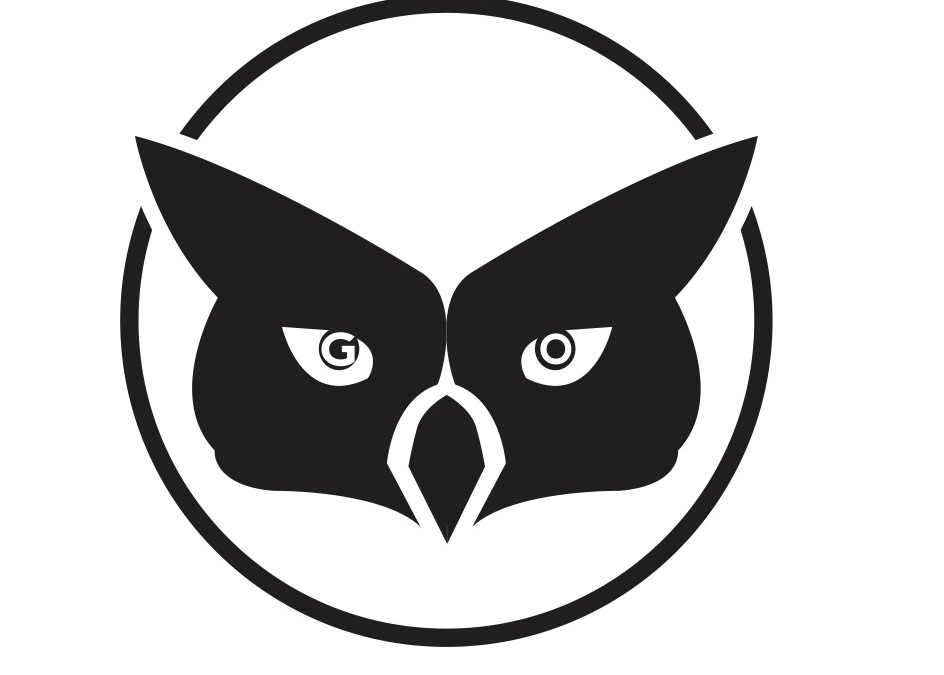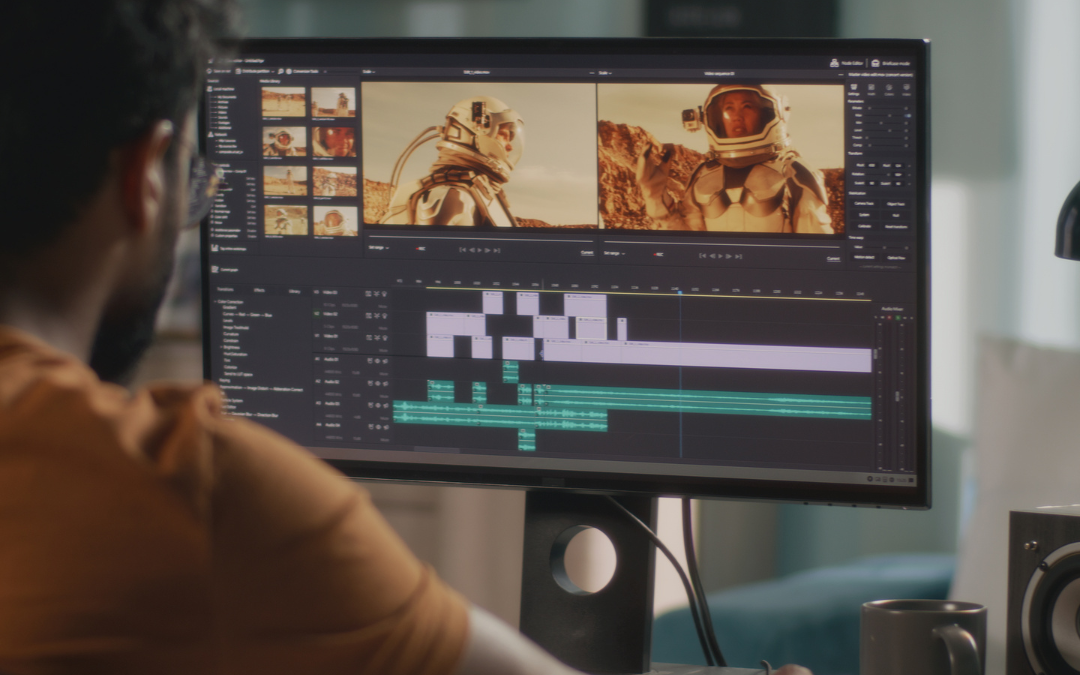OpenAI recently rolled out Sora, a video-generative-A.I. platform. For business owners, Sora points to the opportunities that video-generative A.I. has for reaching customers.
The Five Most-Key Takeaways from This Blog Post
- A standalone website and mobile app, Sora has been rolling out gradually, with invite codes given to users who in turn can share with people they know. This feeling of exclusive access lends itself to an organic word-of-mouth marketing strategy, as the novelty of A.I. video creation is probably enough to compel users to invite others to use the app.
- If you are familiar with tools like Google’s Veo, what sets Sora apart is that it is more than just a place to A.I.-generate videos, but a place for users to share their creations. The decision to make this a social-media platform of sorts certainly helps spread the OpenAI brand, as does the decision to watermark the content generations.
- A noteworthy feature is Cameos, where users can give their likeness to the platform for generating A.I. videos; other users can also use these Cameos. A number of celebrities have given their likeness to the platorm, among them basketball pro and TV-commercial personality Shaquille O’Neal, and tech influencer iJustine. It can also include fictional creations like the cutesy animated Sora cloud. (The word “sora” is Japanese for “sky”, hence the sky-based imagery; perhaps the association is meant to suggest that the sky is the limit with your content creations, so long as you hew to the Content Guidelines).
- Trying to generate content on Sora comes with a learning curve, as there are memes aplenty of the Sora throwing the Content Guidelines at users to reject a prompt.
- The apparently deliberate design of Sora to engender virality for the platform and its creations points to a wider trend in the A.I. industry to start legitimizing the widespread creation and consumption of gen-A.I. content.
The Significance for Business Owners
Many business owners are already on the image-generating wave of generative-A.I. use.
However, we are getting to the point where marketing strategies for businesses of all sizes across many industries will include video-generative-A.I. content.
You are likely already seeing some of this from tech-forward companies looking to get ahead of the curve by using A.I.-generated videos.
Sometimes, you may not have noticed. For instance, did you know that Coca Cola used an A.I.-generated ad that aired on major stations in the past year?
Sora will certainly accelerate this trend because it functions almost as a marketing stunt not just for OpenAI, but gen-A.I. videos in general.
Sora’s Social-Media Effect
As mentioned in the fifth and final Most-Key Takeaway at the start of this article, Sora is a platform that seems specially designed to ramp up organic production of A.I.-generated videos among the public, along with consumption of said content.
You can go on YouTube and other platforms and see Sora’s gen-A.I. content going viral, typically with some of the tried-and-true formulae for going viral (dogs acting strange, anyone?).
The name is Sora (sky) after all, and that is the limit, so it is unlikely that the novelty factor of this and other like endlessly generative A.I. platforms will wear off for media consumers.
Cameos: Deepfakes with Permission?
Part of what helps boost the virality factor of gen-A.I. content creation is Sora’s Cameos feature. Seeing familiar faces in strange or unlikely situations is a sure formula for amusement and, in some cases, virality.
Cameos are basically when a user gives Sora permission to generate content in their likeness without getting hit with a Content Guidelines violation.
Do note that the videos you see of, say, Albert Einsten in a UFC match, are not Cameos but rather generations from people who managed to prompt their way around the Content Guidelines.
(Bypassing these guidelines is something of a sport among A.I. content creators, as it is part art and science to get it to work well. Indeed, there is a semi-victorious feeling that comes when you pull it off, as if you outwitted The Machine.)
For business owners, this presents the opportunity to use their own likeness for in-house generative-A.I. content. One imagines business owners getting employees in on it as well.
The Last (But Not Least) Key Takeaway from This Blog Post
Business owners who are not already on the wave of video-generative-A.I. content creation may see competitors benefitting from the novelty factor of using gen-A.I. videos that readily get people’s attention.
However, it can still pay off to be attuned to your customer base. If the majority of your customers are the sort to be put off or even angered by a business owners using generative-A.I. content, then that could be a legitimate reason to limit your use of it.
Other Great GO AI Blog Posts
GO AI the blog offers a combination of information about, analysis of, and editorializing on A.I. technologies of interest to business owners, with especial focus on the impact this tech will have on commerce as a whole.
On a usual week, there are multiple GO AI blog posts going out. Here are some notable recent articles:
- For Businesses and Other Organizations, What Makes a Successful Chatbot?
- IBM Watson vs. ChatGPT vs. Gemini: How Will Each Affect Search Engines?
- Using A.I. to Find Resources for Business Owners
- How Would Restricting Open-Source A.I. Affect Business Owners?
- The EU’s A.I. Act Has Become Law: The Implications for Business Owners (Especially American)
In addition to our GO AI blog, we also have a blog that offers important updates in the world of search engine optimization (SEO), with blog posts like “Google Ends Its Plan to End Third-Party Cookies”.


Recent Comments